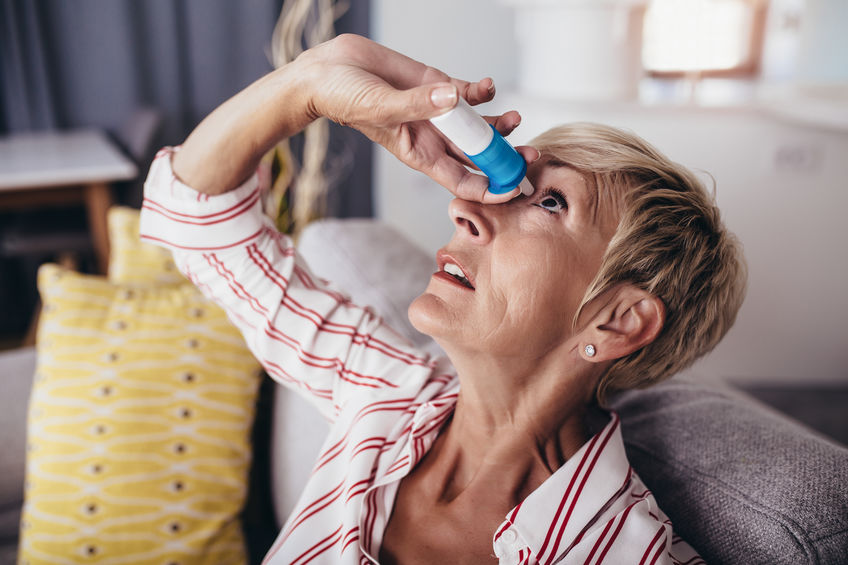
I See You Glaucoma
The front of the eye is filled with a clear substance called aqueous humor that delivers nutrients to surrounding tissue. After completing this task, aqueous humor leaves the eye through a series of channels between the iris and cornea. Should these channels become blocked, fluid remains trapped in the eye, leading to pressure buildup. Over time, this can lead to a disease called glaucoma.
The pressure is real
In patients with glaucoma, pressure pushes outward on the eye. This pressure can ultimately damage the optic nerve, the neural passageway that sends visual messages to the brain. As nerve cells die, blind spots appear in vision. Usually starting on the outer edges, blindness can slowly creep toward the center of sight until nothing is left. Any blindness caused by glaucoma is irreversible at this time.
Fighting back against glaucoma
Patients aren’t resigned to blindness when glaucoma strikes. Several treatment options are available to combat the condition and keep vision intact.
Drop it like it’s hot
After diagnosing glaucoma, ophthalmologists often turn first to eye drops to fend off the effects of the disease. Prostaglandin analogs and rho kinase inhibitors work to reopen restricted drainage channels and help fluid flow out of the eye. Beta blockers and carbonic anhydrase inhibitors slow the production of new aqueous humor so the eye doesn’t become overwhelmed. Alpha agonists and combined medications tackle both jobs at the same time.
Gotta draw the line somewhere
Eye drops are not without issues. Each has to be used as proscribed to be effective, and some patients struggle with the side effects. Depending on the severity of glaucoma in the eye, more than one drop may be required to lower pressure. Even so, eye drops can only treat mild to moderate forms of the disease.
A laser show
A physician may suggest laser therapy in addition to or in place of glaucoma eye drops. In a trabeculoplasty, the healthcare specialist stimulates blocked drainage channels so fluid can exit the eye again. An iridotomy makes a microscopic hole in the iris, giving fluid another path to drain through.
Some things don’t last
Laser procedures are typically done in the clinic in minutes, producing little to no pain. While usually effective at first, these treatments are rarely permanent solutions. Doctors often need to repeat laser therapies as time passes to keep eye pressure at a safe level.
A surgical approach
When glaucoma advances past a certain stage, surgery may be the only option. The most common is a trabeculectomy, where the ophthalmologist creates an alternate drainage route through the wall of the eye. Unlike other treatment methods, surgeons perform trabeculectomies under anesthesia in a sterile operating room. Patients generally need some downtime after a trabeculectomy due to the invasive nature of the procedure.
The future is here
Newer surgical options have emerged in recent years to offer less invasive long-term repair. Minimally invasive glaucoma surgery (MIGS) encompasses a wide variety of procedures aimed at reducing intraocular pressure. Treatments can involve targeting specific tissue along the drainage meshwork and may include stent placement to hold passageways open.
Do your part
Patients can perform lifestyle-based treatments at home to help control eye pressure or promote eye health. Eating a healthy diet may not stop glaucoma but can have a positive impact on the eye. Regular exercise and a reduction in caffeine intake may bring eye pressures down. No matter the approach, be sure to work with an eye doctor for long-term care. The physician will be able to determine the best course of action for glaucoma treatment.